Higher size threshold, flexible follow-up, longer surveillance

By Harpreet Singh Grewal, MD, and Atul C. Mehta, MD
Cleveland Clinic is a non-profit academic medical center. Advertising on our site helps support our mission. We do not endorse non-Cleveland Clinic products or services. Policy
The Fleischner Society has once again updated guidelines addressing incidentally discovered pulmonary nodules. Key differences from 2005 guidelines and 2013 updates include a higher size threshold triggering the need for radiographic follow-up; greater flexibility in selecting follow-up interval depending on nodule morphology and patient preference; and longer duration of radiographic surveillance for suspicious subsolid nodules.
These guidelines are intended to simplify management, encourage patient-centered decision-making and reduce the number of unnecessary follow-up examinations. They focus on patients older than 35 because the incidence of lung cancer is very low in younger patients. These guidelines do not apply to immunocompromised patients or to patients with known primary lung cancers. The general recommendations include obtaining a contiguous thin section CT (≤ 1.5 mm, typically 1 mm) with sagittal and coronal reconstructions and using low-radiation follow-up scans.
In the current guidelines, if the estimated risk of cancer was < 1 percent, follow-up was not recommended. Factors associated with increased risk include larger nodule size, spiculation, upper lobe location, presence of emphysema or pulmonary fibrosis, advancing age, female gender (for nonsolid nodules only), family history, African American or native Hawaiian race and most importantly, smoking history. For quick summary of the updates, see the table; we also discuss the key recommendations below based on nodule size, number and morphology along with patient risk.

Table republished from MacMahon et al with permission from the Radiological Society of North America.
Solid nodules < 6 mm do not require routine follow-up as even among high-risk patients the estimated risk that such a nodule is malignant is considerably less than 1 percent. However, this risk increases to 1 to 5 percent for nodules with suspicious morphology and/or upper lobe location, and therefore follow-up at 12 months should be considered.
For low-risk patients with a solitary, non-calcified solid nodule measuring 6-8 mm, initial follow-up is recommended at six to 12 months depending on size, morphology and patient preference. A single follow-up exam is usually sufficient, but nodules with suspicious morphology or uncertain stability will require an additional follow-up study at 18-24 months. For high risk patients with a solitary, solid, noncalcified 6-8 mm nodule, exams at six to 12 months and 18-24 months are recommended.
The average cancer risk for patients with nodules > 8 mm is 3 percent dependent upon patient characteristics. For patients with solitary, noncalcified nodules larger than 8 mm in diameter, appropriate options include repeating the CT in three months, obtaining a combined positron emission tomography (PET) and CT, tissue sampling or a combination of these depending on size, morphology, comorbidity and other factors.
Multiple, solidb noncalcified nodules smaller than 6 mm in diameter are a common finding on CT scans and almost invariably represent benign etiologies, most commonly granulomas or intrapulmonary lymph nodes. For this reason, no routine follow-up is generally recommended, though a 12-month follow-up CT may be appropriate in high-risk patients. Exempt from these recommendations are patients with known malignancy and those with clinical evidence of active infection or immunocompromised status, for whom short-term follow-up may be indicated to rule out metastatic malignancy or infection, respectively.
For patients with at least one nodule 6 mm or larger, a three to six month follow-up is recommended, with consideration of a second scan at 18-24 months for high-risk patients. In cases where the dominant nodule is large (> 8 mm), guidelines related to single nodules of that size should be followed.
For patients with pure ground-glass nodules (GGNs) smaller than 6 mm in diameter, no routine follow-up is generally recommended. However, the revised guidelines include an optional two to four year follow-up in selected subjects with nodules close to 6 mm or those with clinical or radiographic features that place them at higher risk. This somewhat ambiguous recommendation was prompted by recognition that 10 percent of such nodules can grow and that 1 percent may progress to adenocarcinoma over many years.
For patients with pure GGNs > 6 mm, follow-up at six to 12 months and then every two years until five years is recommended, given that some of these nodules represent indolent adenocarcinomas (3 percent in one large screening study).
Depending on the size of the solid component, PSNs can represent adenocarcinoma in situ, minimally invasive adenocarcinoma or invasive adenocarcinoma. For this reason, a follow-up CT at three to six months and then annually for five years is recommended for all PSNs ≥ 6 mm. PSNs with suspicious morphology, growing solid component or solid component > 8 mm should be evaluated with a PET/CT, biopsy or resection.
Multiple PSNs smaller than 6 mm are often indicative of an infectious etiology but may also represent adenomatous hyperplasia or adenocarcinoma in situ. If these nodules persist after three to six months of follow-up, then further follow-up at two and four years to confirm stability is recommended. Recommendations for follow-up are similar for patients with at least one nodule > 6 mm, with the understanding that the risk of multiple primary adenocarcinomas is higher in this group.
Dr. Grewal is a fellow in the Respiratory Institute. Dr. Mehta is staff in the Department of Pulmonary Medicine.
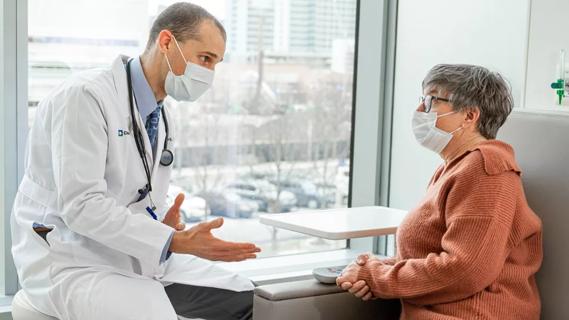
A review of IDSA and NIH guidelines
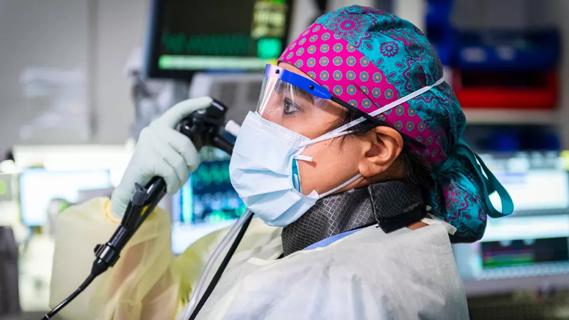
Caregivers are provided with real-time bronchoscopy patient findings

New program sets out to better support underserved patient populations
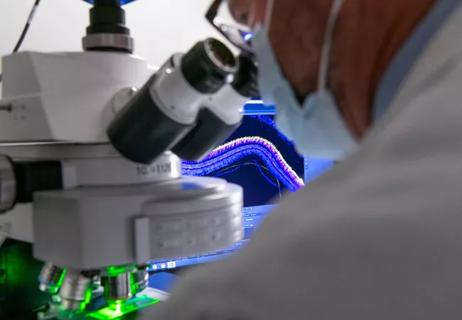
As the U.S. has seen an increase in respiratory-related morbidity and mortality, supporting future respiratory researchers has become imperative
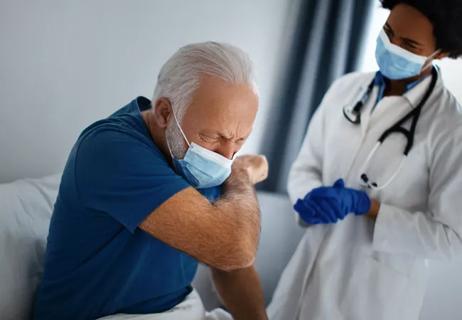
Diagnosing the cause of a chronic cough can be challenging and timely, but multidisciplinary collaboration and the development of new treatments are improving the process

Despite a decline in numbers, the demand for respiratory therapists continues to rise
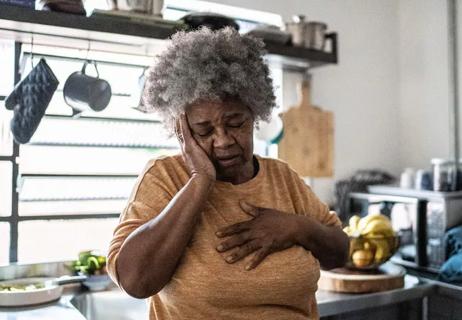
A mindset shift has changed the way pulmonologists both treat and define PFF

Will enable patients with long COVID to enroll in national clinical trials